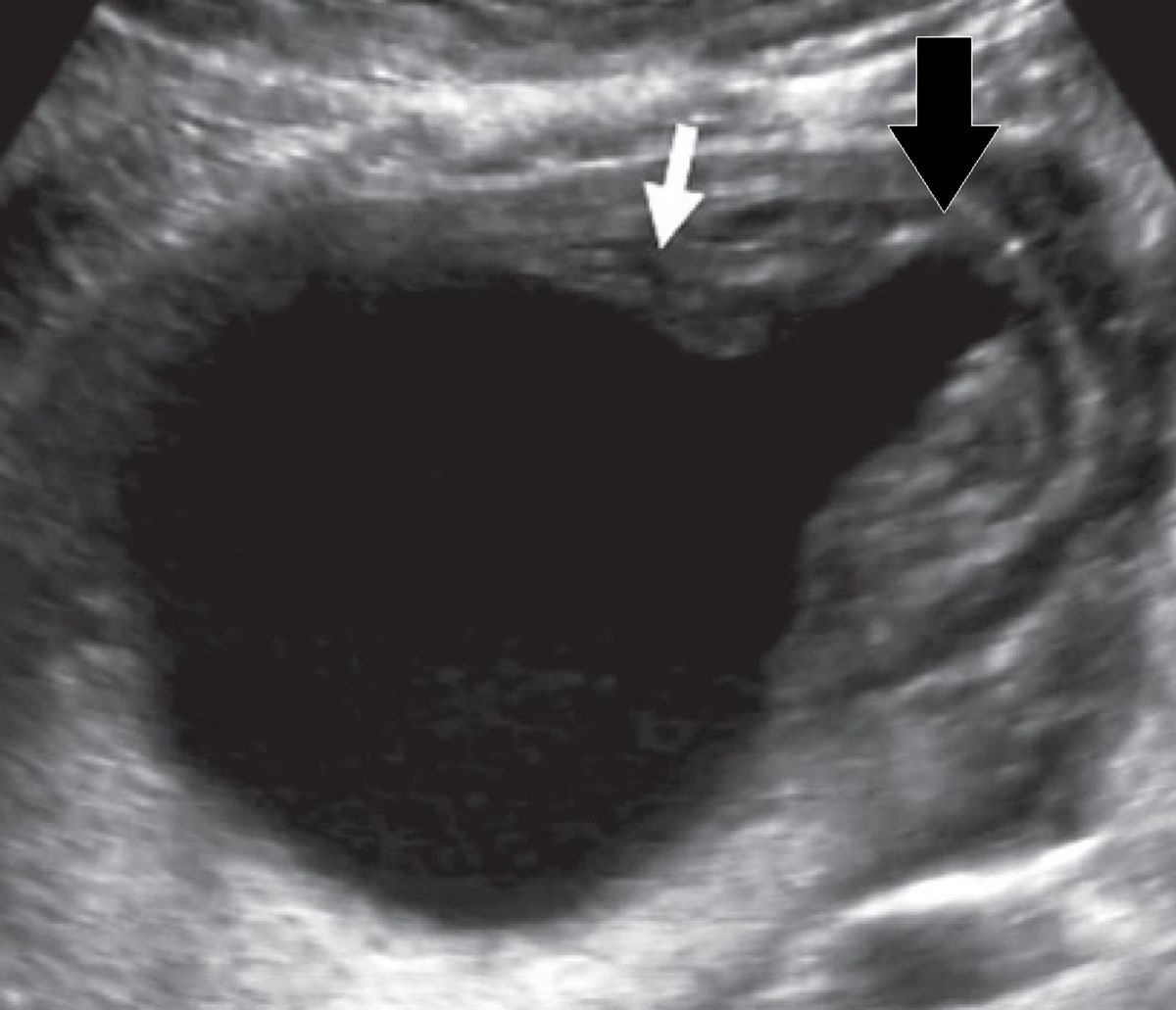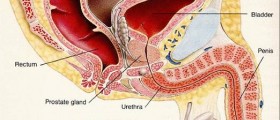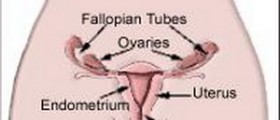
The urinary tract is sort of like a very sophisticatedplumbing system which is in charge of transporting the urine out of the body.The kidneys are in charge of filtering out all the waste products from theblood stream, while the urethra, bladder, ureters and the renal pelvis are theparts referred to as the urinary collecting system. Urinary tract obstructionis a term used for any type of blockage to the free flow of urine at any partof the urinary tract. These obstructions are known for being associated withincreased pressure above the very point of obstruction and it may also lead tothe pooling of the urine. Urinary tract obstructions are also commonlyconnected with a significantly increased risk of urinary tract injections andeven kidney damage. The causes of such obstructions may occur at birth, and inthat case they are referred to as the congenital ones. In other cases they areacquired, as they occur later on in life.
Children and Urinary Tract Obstruction
In most cases, urinary tract obstructions are discoveredalmost by accident, during some other studies or examinations of the body.These obstructions usually do not get manifested in children through anyspecific symptoms, but as the child gradually grows and develops, he or shestarts experiencing a vast array of health problems. In most cases, suchproblems include renal failure, kidney damage, inability to urinate, palpableabdominal mass, urinary tract infections, abdominal pain and back pain. Longterm outcomes in boys who suffer from urinary tract obstruction are largelyunknown in most cases. 45 percent of the cases include acceptable renalfunctions, while every fifth boy who gets treated for urinary tractobstructions suffers from mild to moderate types of renal impairment. Everythird boy who suffers from renal failure gets well after the procedure of renaltransplant. Most treated cases also involved a significantly improved functionof the bladder.
Types of Obstructions in Urinary System
There are numerous different types of obstructions which mayoccur in different parts of the urinary system. The upper urinary tract obstructionsinclude UVJ obstruction, UPJ obstruction and ureterocele. UVJ obstructioncommonly occurs in the narrow segment of the distal ureter at the place whereit enters the urinary bladder. UPJ obstruction occurs in the narrow and shortsegment of the upper portion of the ureter where it junctions with the renalpelvis. Ureterocele is a medical term used for the abnormal dilation of thedistal end of the ureter. The most common types of lower tract obstructionsinclude the posterior urethral valves and meatal stenosis. Posterior urethralvalves are actually valve leaflets which are responsible for blocking the urineflow out of the prostatic urethra. Meatal stenosis is a type of lower tractobstruction characterized by a stricture of the urethral meatus which islocated at the tip of the penis. Lower urinary tract obstructions may be verydangerous because they may lead to severe kidney damage. The bladder muscle’sability of contraction and appropriate coordination with sphincter muscles maysometimes be affected by the neurogenic dysfunction of the lower urinary tract.
Diagnostic Studies
There are certain types of diagnostic studies which may beof great help for all those who suffer from different types of urinary tractobstructions. The most commonly usedones include renal ultrasound, diuretic renal scan, intravenous pyeigram,antegrade pressure pet-fusion study, urodynamics and voiding cystourethrogram.Renal ultrasound utilizes sound waves for the visualization of the kidneyswhile the diuretic renal scan is used for the examination of the kidneys’drainage capabilities and overall functioning by injecting a radioisoiopecontrast. Intravenous pyeigram involvesinjection of iodine contrast and a number of x-ray scans. Antegrade pressurepet-fusion study involves a placement of a small tube into the kidneys whichmeasures the renal pelvic pressure. Urodynamics is a process which involvespassing gas or water into the bladder by means of a small catheter and it isvery efficient in measuring the pressure inside the bladder. Voidingcystourethogram involves filling the bladder with iodine contrast fluids bymeans of a small catheters and then taking x-ray scans of it. Anotherdiagnostic process which is commonly used in cases of lower urinary tractobstructions is called obstructive uropathy. It is actually an ultrasound witha very high resolution.
Management and Treatment Options for Urinary TractObstructions
In most cases, the specific site of obstruction is dealtwith by utilizing corrective surgical procedures, so that the free flow ofurine through the system may be re-established. The most common types ofcorrective surgical procedures for the urinary tract obstructions includemeatotomy, TUR-valves, ureteral reimplantation and pyeloplasty. In some cases,the surgeries need to be accompanied by medications and intermittentcatheterization. The surgery is notalways the first and the preferred option, so there need to be a satisfactorynumber of initial imaging studies.

















Your thoughts on this
Loading...